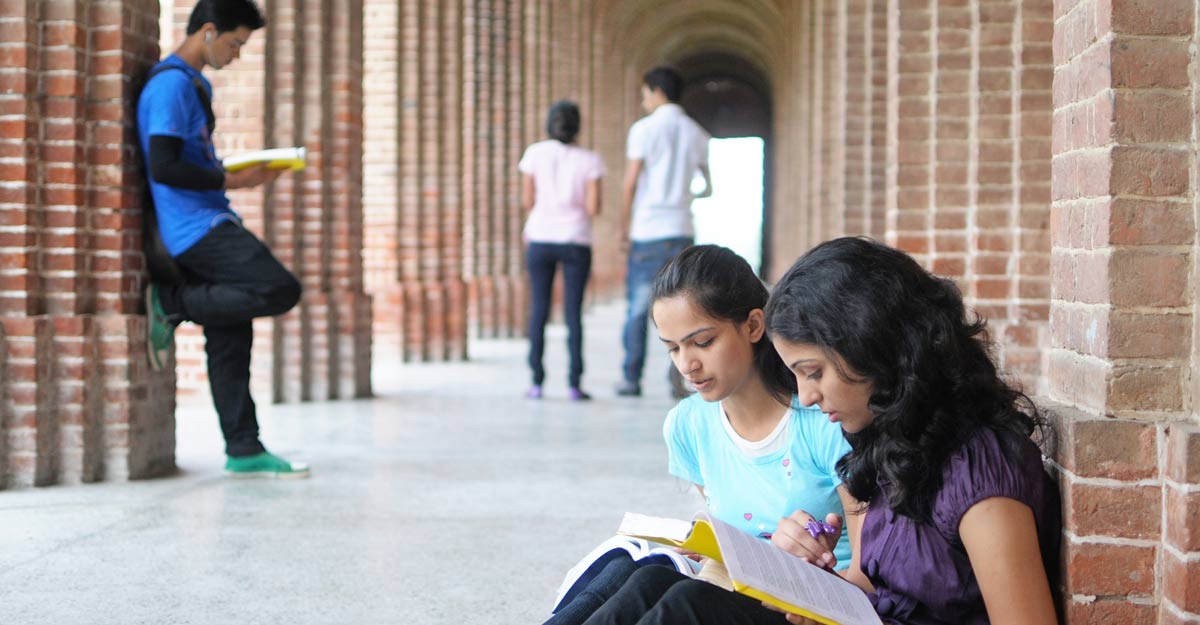College tuition is nothing if not a hot-button issue. Ask just about anyone, and they’ll probably have an opinion on it. However, even with all these opinions about it, it’s common for many people not to really know what their college tuition goes toward. Even if you’re a college student or you know someone who’s currently in college, you might not know. If you’ve ever wondered what your college tuition actually pays for, here’s the answer you’ve been looking for.
A Breakdown of $100 in Tuition
First and foremost, it may be helpful to start with $100 of tuition. When you give your college $100 for tuition, how does the college spend it? On average, a college will spend $100 of your tuition like this:
- $15.81 – Salaries
- $15.58 – Hospitals and Healthcare
- $11.66 – Research
- $11.47 – General Instruction Expenses
- $9.61 – Auxiliary Student Enterprises
- $8.26 – Academic Support
- $8.15 – Institutional Support
- $6.25 – Other, Including Taxes and Liabilities
- $4.75 – Student Services
- $4.52 – Public Services
- $3.41 – Grants and Financial Aid
- $0.53 – Independent Operations
As you can see, there are certain things that take up large swaths of this money — salaries, hospitals and healthcare, research, and general instruction expenses take up over 50% right off the bat. This is pretty common, especially if you were comparing the college to a business. Additionally, this is a generalized average, not exactly what you might get from every college or university.
Private Versus Public Colleges
One thing that’s also different between different colleges is whether the college has public or private funding. Ask just about anyone about the difference between private and public colleges and you’ll probably get wildly varying answers. However, one thing that you may be able to see is that private colleges tend to cost more.
This is certainly true; in the 2019/2020 school year, private school costed $49,870 per year on average, more than double the average $21,950 that public school costed. Additionally, these types of colleges tend to spend their money differently, with private colleges typically spending more on things like salaries and public colleges typically spending more on things like student grants.
Tuition as a Percentage of Operating Costs
Did you know that tuition doesn’t cover all the operating costs a college has? Public colleges typically use government grants to cover the additional operating costs, while private colleges often use private endowments to cover these. However, when you look at the amount of costs tuition is able to cover, you’ll notice an interesting change.
For public universities in 2000, tuition covered 29.2% of operating costs on average. However, in 2018, that number had jumped to 46.6%, corresponding with over a 25% boost in tuition costs. People are starting to take notice of these numbers and are starting to question universities as to why they’re drawing on student tuition more and more.
Conclusion
There’s no easy answer to these tuition problems. Tuition concerns are something that you might need to talk to other people about to form your own opinions on. However, it’s always important to have as much information as possible when you’re forming opinions. Pulling out this information can be a helpful way of engaging in these discussions.







